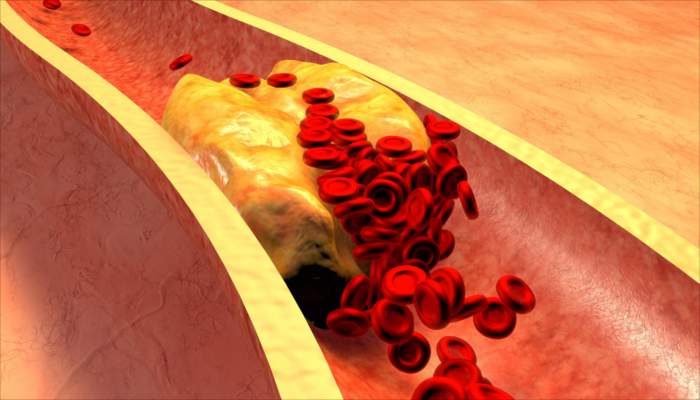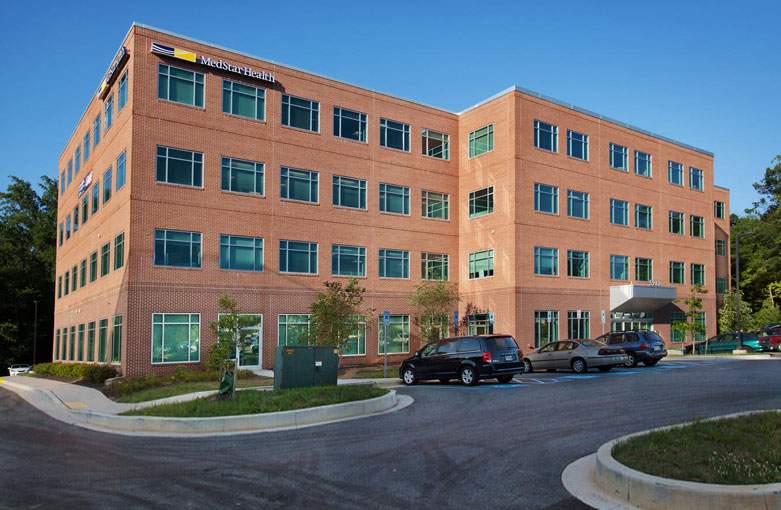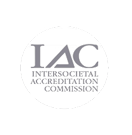Minimally Invasive Treatments
Vascular surgery has changed dramatically in the last few decades. Surgical procedures that once required large incisions to repair or unblock arteries and veins are being performed today using minimally invasive surgical techniques with just a few small incisions. Through these incisions, surgeons use tiny cameras and instruments to magnify and project images onto a high-definition monitor, allowing them to operate more precisely.
At our two state-of-the-art facilities, our board-certified vascular surgeons perform a full range of minimally invasive outpatient procedures for diseases involving the arteries and veins. Our surgical team provides compassionate care in private preparation and recovery rooms. Most outpatients are back recovering in the comfort of their own home within 1-2 hours following a procedure.
We will coordinate care with your referring physician and work with your insurance provider to ensure that you receive the best possible treatment and optimal healthcare benefits. We accept most major healthcare insurance, including Medicare and Medicaid.
Arterial Intervention
When arteries narrow from conditions, such as peripheral artery disease (PAD), carotid artery disease, coronary artery disease and renal vascular hypertension, arterial interventions are in-office, minimally invasive procedures that can help increase blood flow throughout the arteries.

Venous (Vein) Treatment Procedures
Varicose veins and other vascular disorders in the legs can occur when faulty valves in the veins cause blood to insufficiently pump back to the heart. Minimally invasive venous (vein) treatment procedures help restore blood flow in the veins. While these procedures can be used for cosmetic purposes, they can also help ease varicose vein related symptoms, such as aching, swelling, discomfort, fatigue and other symptoms associate with venous insufficiency disease.







